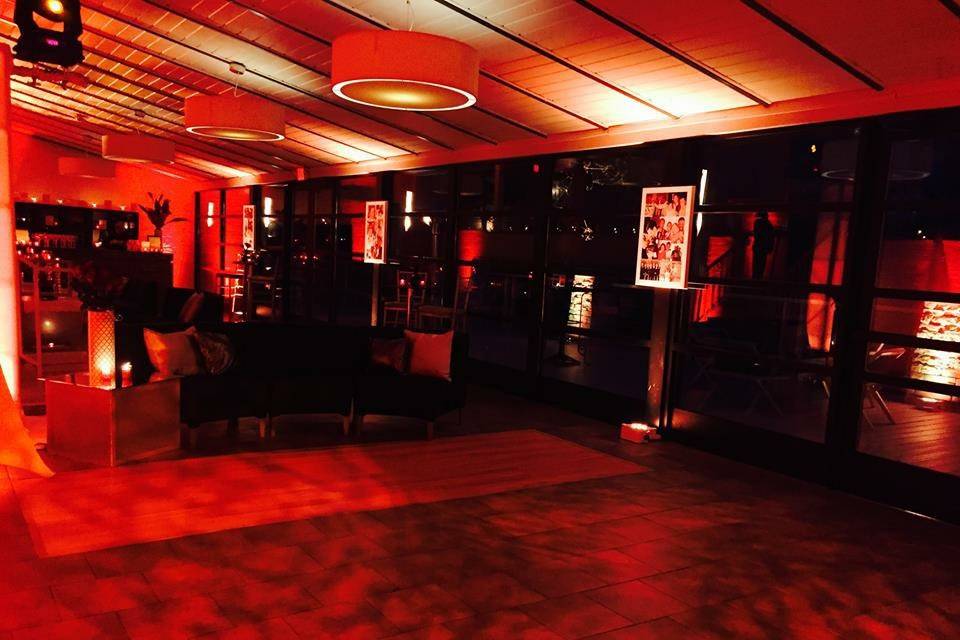Innovative Methods to Optimize Usability and Design Beauty in Compact Environment Set Planning.
Wiki Article
Creating small spaces for set design can be both difficult and fulfilling. When operating within restricted dimensions, it is essential to maximize both utility and visual appeal. This approach demands creativity and careful planning. By utilizing creative design strategies, one can create an efficient setting that fulfills its purpose while also being visually appealing. Grasping how to enhance space can transform a compact space into a vibrant and captivating setting.
One effective approach to improving small set styling is through the utilization of versatile furniture. Items that function more than one role can significantly reduce clutter and conserve space. For example, a seat can provide accommodation while also offering storage underneath. Folding desks and seats are other great examples, as they can be readily stored away when not in operation. Selecting furniture that is easy to handle and simple to rearrange allows for flexibility in the design, making it versatile for various activities or shows.

Another important factor of compact area design is utilizing upward areas. When ground space is restricted, looking upward can provide additional opportunities for storage and ornamentation. Wall-mounted shelves can store literature, props, or ornamental pieces without taking up valuable ground area. Similarly, hanging features such as art pieces or lighting can attract the gaze above, creating an perception of height. Using high, narrow furniture can also assist maximize vertical area while maintaining a sleek look.
Color and lighting play key parts in enhancing the aesthetic attractiveness of a small set. Lighter hues can make a room feel more spacious and more open, while deeper shades can add depth and coziness. It is important to choose a palette palette that complements the theme of the space and creates a cohesive look. Lighting, on the contrary hand, can aid define zones within the space. Soft, diffused illumination can make a small space feel more inviting, while strategically positioned spotlights can emphasize key elements or focal points in the design.
Finally, incorporating organic features can significantly enhance both functionality and aesthetics in check here small stage layouts. Plants not only bring color and life to a room look here but can also purify the environment and create a calming ambiance. Using natural elements like wood or rock can bring warmth and depth to the design. Additionally, large windows or mirrors can increase the sense of spaciousness by reflecting illumination and creating a connection with the outdoors. In conclusion, integrating these features thoughtfully can lead to a balanced and functional setting that captures the focus of its audience.